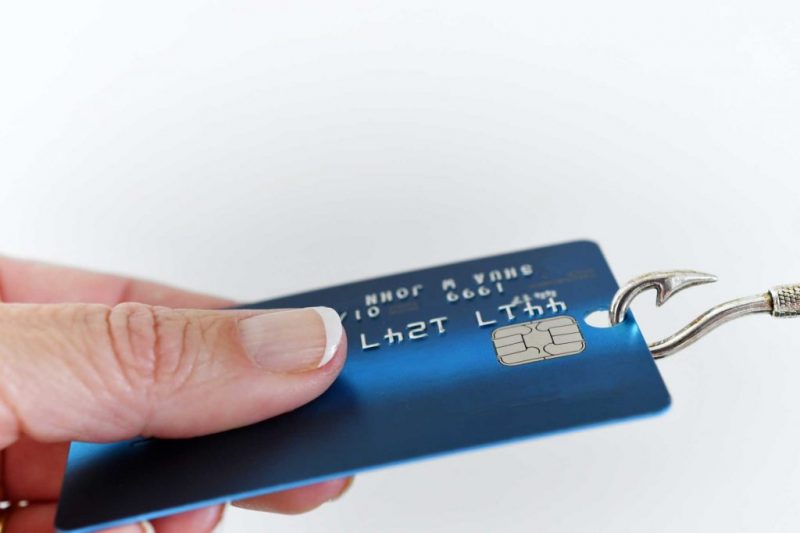Technology has arrived in our lives to stay since it has many good points that make our lives easier. However, it sometimes raises the question if those benefits may be a double-edged sword. In the last year cyber criminals have increased their activities in the companies by 44%. This increment has taken place during the Spanish alarm state declaration due to COVID-19.
Spain, as well as the rest of the European countries, has suffered the boom of cybercrime since 2011. In the last 10 years, online fraud has increased by 813% in Spain. In 2020, the companies have been the most affected by this situation. That is why, we are going to be explaining the types of scam so you can avoid them.
Types of fraud
Companies may suffer different types of thefts, most of them by email. In fact, email spoofing is the most used technique to scam the clients of a company.
The process of the technique is basically when the criminals impersonate the company and send the clients spam emails, malware and phishing practices. Phishing is one of the most used in order to steal the clients personal data. There are different methods to impersonate:
Fake Microsoft’s support system
In this trick a fake worker of Microsoft’s support system approaches the workers of a company, in this way he can obtain private information.
CEO fraud
A criminal approaches a worker of the accounting department that has access to the bank accounts. Sending him an email signing as the CEO and ordering him to secretly and urgently transfer money to a bank account that is the theft’s one.
RRHH fraud
The human resources department receives an email of an impersonated worker asking to change the bank account number that receives the salary.
Sextorsion
The scammers steal a sexual video of one worker and order him to transfer them money if he does not want his contacts to receive the video.
Other types of extortion consist in blocking all the systems of a company until they pay a ransom for them.
Web skimming
They access the system on an online shop so all the data of the clients arrives also to them.
Web impersonation
They copy an official web page obtaining in this way personal information and money from the clients of the original one.

How to spot the fraud?
How to identify them? Emails are one of the most used by the scammers, the following information gives further advice on this.
Submitters
You need to have a keen eye with the submitters of the email that you recieve. Most of the fraudulent emails differ from the official adres. If we want a confirmation of the contact we should call the original resource.
In addition the fake emails do not have an invoice number or are different from the other emails of that company. Take in consideration that most of the companies clearly identify themselves on the emails.
Links
When you receive any link it is important to not open it until you confirm its resource. You need to pay attention to how the link is written, if it has a security code, any spelling mistakes, punctuation marks and if it is similar or not to the official one.

Attachments
They are an extended way to send malware or to steal personal information. You should pay attention to the sender and if your company has asked for that information or not.
According to a study of TransUnion, an international organization of data management, the most affected sectors by the scams are finances, telecommunications and gambling. And most of them take place in cities such as Madrid, Barcelona, or Valencia.
It makes sense that with technological development and with the COVID-19 crisis the cybercrimes are on a rise. This is why the aim of our article is to inform you about how to protect your company. Follow our advice without hesitation.





